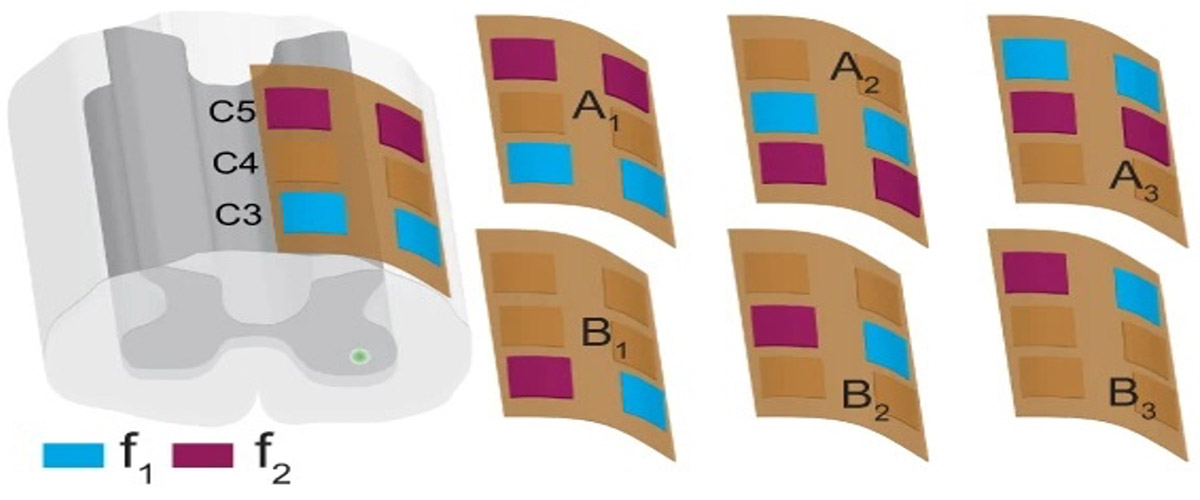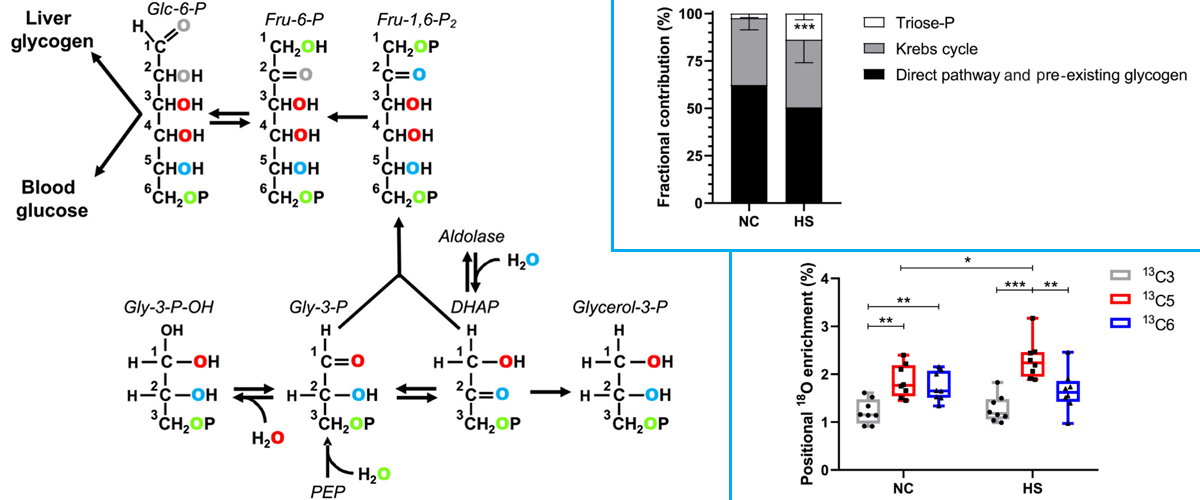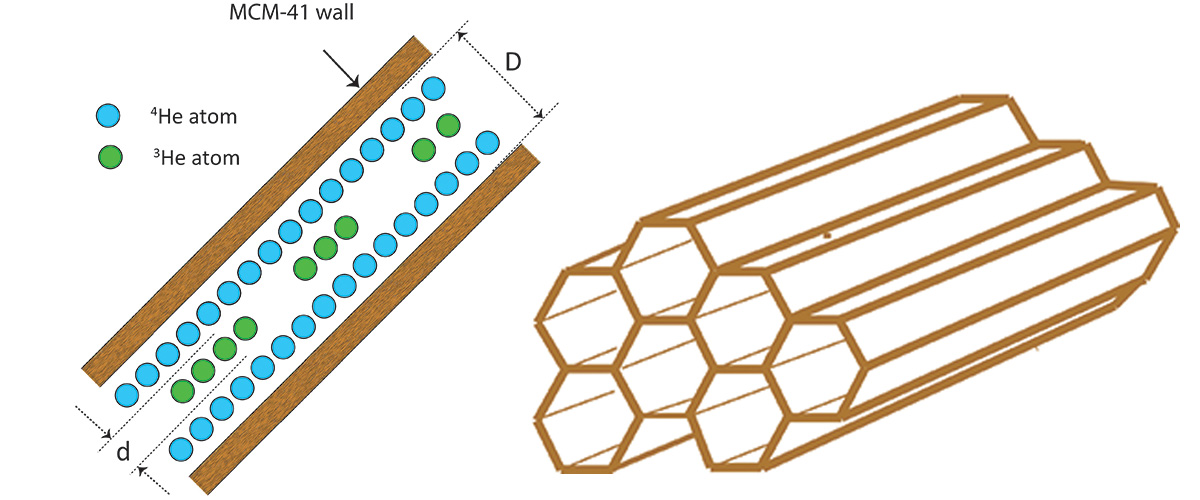What did the scientists discover?
The organic composition of soils in peat wetlands determines if carbon is available to be aerobically converted into carbon dioxide gas as a result of either a warming climate or drainage of wetlands for development. This research demonstrates an explicit link between the oxygen-alkyl groups (i.e., carbohydrates) in the peat and the amount of CO2 production.
Why is this important?
Peat soils are not equivalent over all global wetland sites and peat as a carbon source depends on many factors, including mean annual temperature, vegetation type, and long-term land-use. The identification of soil chemistry can improve existing climate models with improved prediction of carbon dioxide production from various peat wetland ecosystems.
Who did the research?
A.E. Normand1, B.L. Turner1,2, A.N. Smith1, B. Baiser1, M.W. Clark1, J.R. Long1,3, S.P. Grover4, K.R. Reddy1
1University of Florida; 2Smithsonian Tropical Research Institute, Panama; 3National MagLab - AMRIS Facility; 4La Trobe University, Australia
Why did they need the MagLab?
The solid-state NMR spectrometer used in this research employs a MagLab-designed probe that produces uniform magnetic fields and minimal sample heating, allowing intact soil samples to be analyzed with no further chemical processing or alteration of their sample profile. The first-author student on this paper received an NSF Graduate Fellowship to travel the world to work with Smithsonian and La Trobe scientists to collect the peat samples.
Details for scientists
- View or download the expert-level Science Highlight, Atmospheric Carbon Dioxide from Peat Wetland Ecosystems
- Read the full-length publication, Organic matter chemistry drives carbon dioxide production of peatlands Data Set 1 and Set 2, in Geophysical Research Letters.
Funding
This research was funded by the following grants: G.S. Boebinger (NSF DMR-1644779); NSF Graduate Fellowship Anna Normand (GMO2432)
For more information, contact Joanna Long.






